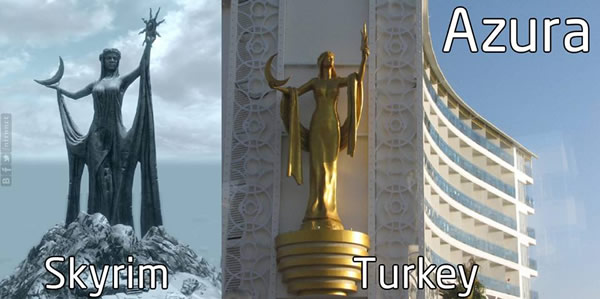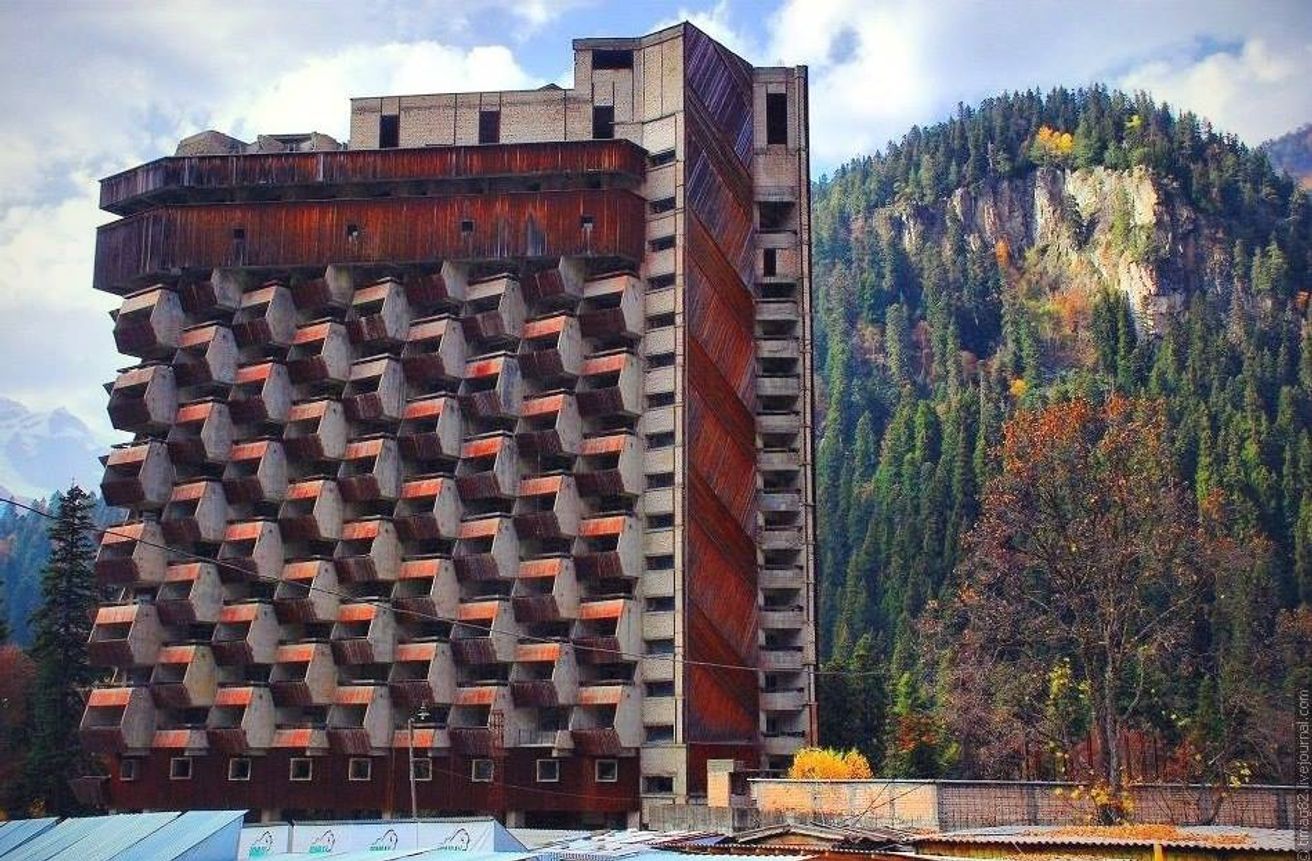This is fake, no one can code like that
EfreetSK
Hey! I'm not balls!
(also Pebis?)
Because Arch is at best comparable to sport fandom, at worst to religious cult. And fans/cultists do these kinds of things
TIL people don't know about rosetta stone. My mom loves ancient Egypt so information like this was my "daily bread" when I was little, never realized that this isn't common
There're still older Civilizations I haven't played so I'm not worried
I initially saw that number on a Facebook post and when I checked the source [1] it also mentioned the 15 billion figure so I went with it. Looking at it closely, the author did some "creative" math to get that number
His total take home amounted to five times the earnings of the highest paid provincial governors over a similar period—enough to provide grain for the entire city of Rome for one year, or to pay all the ordinary soldiers of the Roman Army at the height of its imperial reach for a fifth of a year. By today’s standards that last figure, assuming the apt comparison is what it takes to pay the wages of the American armed forces for the same period, would cash out to about $15 billion
Good catch, I should read the sources better and don't trust the Facebook (especially the Facebook)
And also how often the movie is completely oblivious to that. For example it's been a while since I saw "Devil wears Prada" but if I remember right, the ending is:
Our main character has an argument with her boyfriend
Goes to a business trip in Paris
Sleeps with random guy
Returns home and makes up with her boyfriend
And the movie ends like nothing happened, she's happy, that's what's important
What? I-I don't understand what ... what does ... miss, can you open the door please?
medieval soap opera
This sounds accurate when I think about it, maybe I found out why I wasn't interested. The thing is - I don't mind medieval soap operas (to some degree), I really liked The White Queen, The White Princess and The Spanish Princess. But those are based on real characters in actual history, I can forgive them for being boring at times since history is sometimes a bit boring. But for me the selling point and the excitement comes from the fact that this actually happened (well ... sort of). With GoT it felt like I'm watching one of those medieval soap operas but without the excitement of being based on the real thing
Jealousy. His boss could act like an asshole and don't let him go fishing but he earned it! It's so rare to find good boss
















The opposite, I always sleep with blanket on even if I don't want to. In summer I fall asleep with blanket on my side and wake up fully covered in blanket. And sweating like a pig